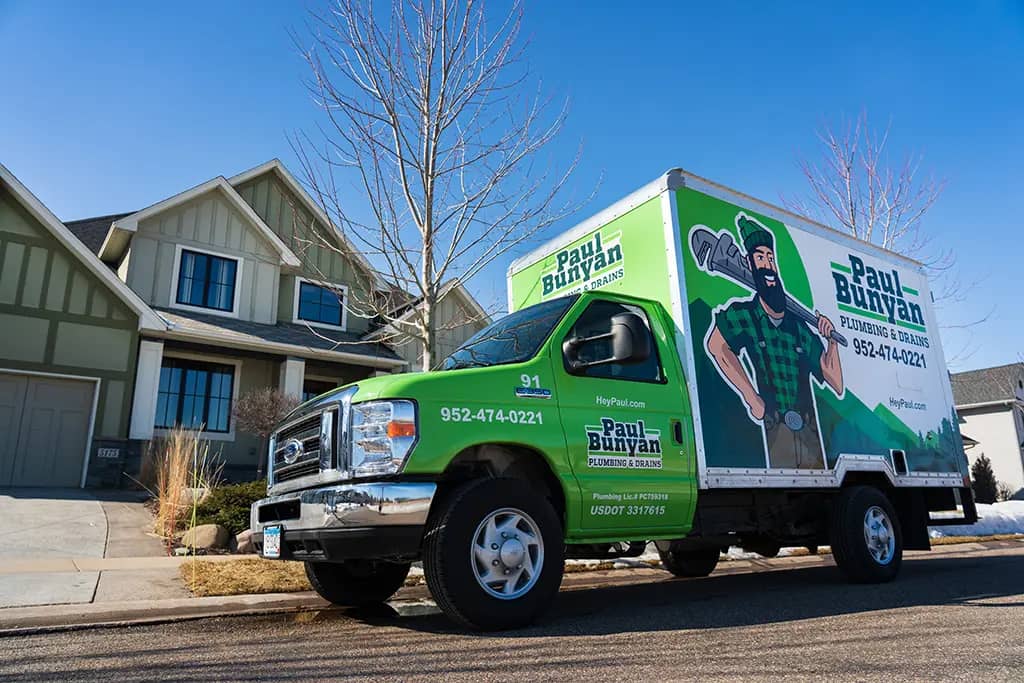Sump Pump Installation
A sump pump can be the saving grace for your basement if its prone to getting wet. Before you go out and buy one, there are a few basic things you need to know.
Check the Cause of Your Problems
Before you decide to purchase and install a sump pump, determine the source of the water. The first place to look is the exterior and foundation. Make sure gutters aren’t the problem because of clogs. Check the downspouts to see if an extension is needed to move the water runoff away from the foundation.
Cracks in the foundation can also be the source of the water. If this is the case, you’ll likely need professional foundation repair. In many situations, the water can come in just because of a high ground-water table. If this is your problem, a sump pump is probably the best answer.
Choosing the Type of Sump Pump
If you have a water issue that affects most of the basement, you may want a large sump pit with drainage tile. This is a big job that can cost you up to $5000, but it’s better than trying to do it yourself since it involves removing concrete and soil, adding gravel and replacing the concrete.
For most water issues, an isolated sump pit is the best option. You install it with gravel around the base. Professional installation of this type of pump isn’t expensive, often just a few hundred dollars. This solution is ideal if water only pools in a small area of the basement.
Installing a sump pump can be completed on your own. However, there can be many issues and challenges. So it is only wise to attempt this project if you have above-average DIY skills and the time to complete it from start to finish.
Selecting The Proper Location
The first step in a successful sump pump installation is locating the pump pit. The ideal location is the lowest point in the basement. It is typically the first place you discovered your water issues or any standing water. Rolling a few marbles across the basement floor can help determine the lowest point.
Now The Sweat Equity Begins
With the low point determined, it is time to begin digging the pit that will hold the sump pump basin and the pump. If you have a traditional concrete floor, you will need to cut through it or carefully break through it with a sledgehammer or jackhammer. Make sure that the hole is large enough for the basin to fit in but not too large, as you will need to install concrete around the top lip of the basin to secure it. The initial hole needs to be deep enough to add three inches of gravel and then a single layer of pavers to support the basin with the lip sitting flush to the concrete floor.
Important Basin Information
The basin you use for your sump pump pit should have weep holes at the bottom and sides. If the basin you purchased has limited weep holes or none on the sides, add holes with a drill. It is essential to wrap the basin in mesh fabric before placing it in the sump pit. The material will stop silt and debris from entering the pit and clogging the sump pump. Finally, backfill around the outside of the basin to ensure that it is very stable.
Test The Sump Pump Function
Before placing the sump pump into the pit, it is vital to test its function. The pump will be activated as the water level in the pit rises and elevates the float. Be sure that the float arm moves freely up and down to activate and deactivate the pump. You can plug in the pump to ensure that the float’s movement turns it on and off. But only test it very quickly, as running the pump with no water to cool it can cause the pump to overheat or burn up. After the testing, place the pump in the pit.
The Discharge Assembly
Drill a hole through the basement wall at the location of the sump pump’s discharge pipe and run the discharge line through the hole. Caulk around the pipe to fill any gaps. Install a check valve on the outside discharge line to ensure that water can only flow out of the pipe and will never flow backward into the pit, creating flooding issues.
Test the function of the pump by pouring a bucket of water into the pit. Then, with everything working well, use a thick mix of concrete or masonry patch to seal around the top of the basin before placing the lid over the opening.
Mistakes Made When Installing a Sump Pump
It’s possible to DIY the job of installing a sump pump. The basic instructions are easy to understand and follow. However, it is also possible to make some big mistakes. Here are three to avoid if you decide to tackle the task yourself.
The number one issue is in poor installation. If you don’t install it correctly, the water won’t run to the pump, and it won’t be able to do its job. Proper installation is critical to the pump working and taking care of the water issue.
Another problem is loss of power to the pump. The same thunderstorms that cause heavy rains and can flood your basement can also knock out the power. Your sump pump, which runs on electricity, isn’t able to work when you need it most. To prevent this, you may need a battery backup pump and electric charger.
A third issue is failure to test. Some sump pumps need to be tested often to ensure they are working correctly. Regular maintenance will let you know when repairs are needed before the pump fails at a critical time.
How often you test depends on the level of pump you have. With level one, your pump is working all the time. You won’t need to test very often because you know if it’s working. A level two pump works in major downpours and thunderstorms, so it will need testing on occasion. For the level three pump, it rarely is needed, so you’ll want to test it on a regular basis. However, once a year should be sufficient since it doesn’t work as hard.
Some common issues with sump pumps include a float valve that is stuck or has been disconnected. A discharge pipe can get clogged up with tree roots or other debris. When this happens, the pump won’t be able to keep up with the water.
If water in the basement is a problem and you think a sump pump might be the answer, contact Paul Bunyan Plumbing & Drains for help in choosing and installing one.



